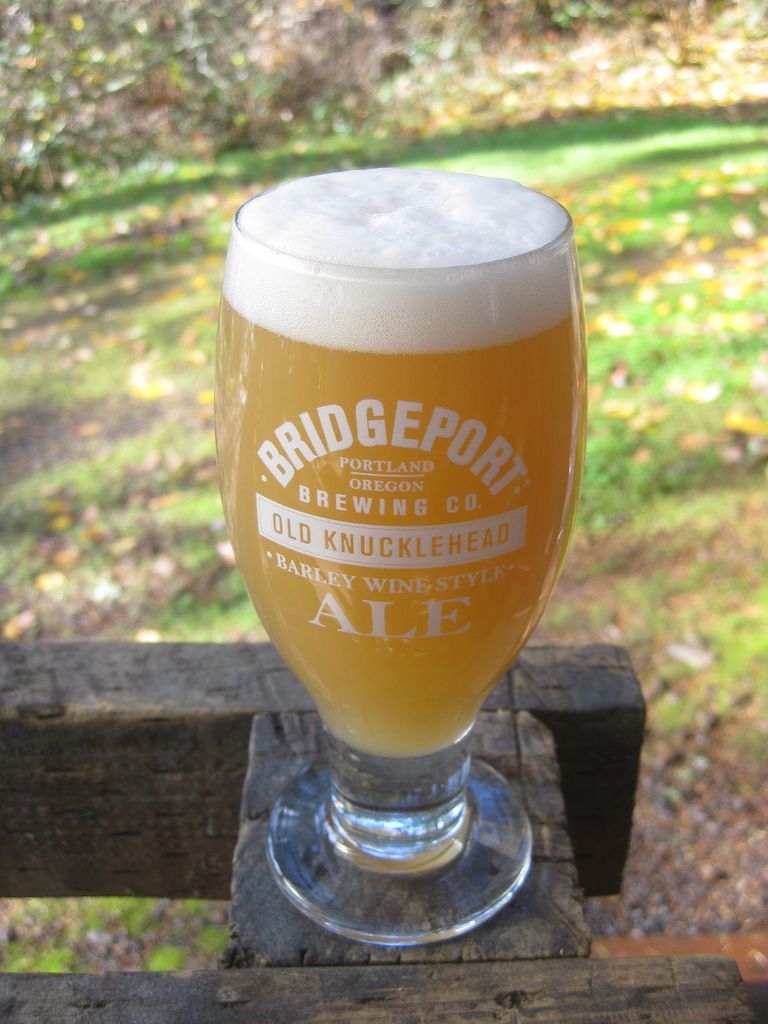bebocklater
Member
- Joined
- Nov 30, 2020
- Messages
- 14
- Reaction score
- 4
I recently brewed my first batch using Voss kveik yeast, fermented at 97˚ on a heat pad & wrapped in a blanket. It went from 1064 to 1016 in 3 days, kegged on day 4, and was drinking it on day 5- amazing! I decided to try another batch on the yeast cake but without heat, as an experiment. Furious activity within 90 minutes, airlock stopped bubbling after 3 days, but gravity is at 1024 after 5 days. So I put it back on the heat pad and blanket, and fermentation has picked up again, with more kraeusen forming. So what I'm learning is that this yeast loves heat, even more than a Saison yeast.
What experiences have you folks had with kveik?


What experiences have you folks had with kveik?





